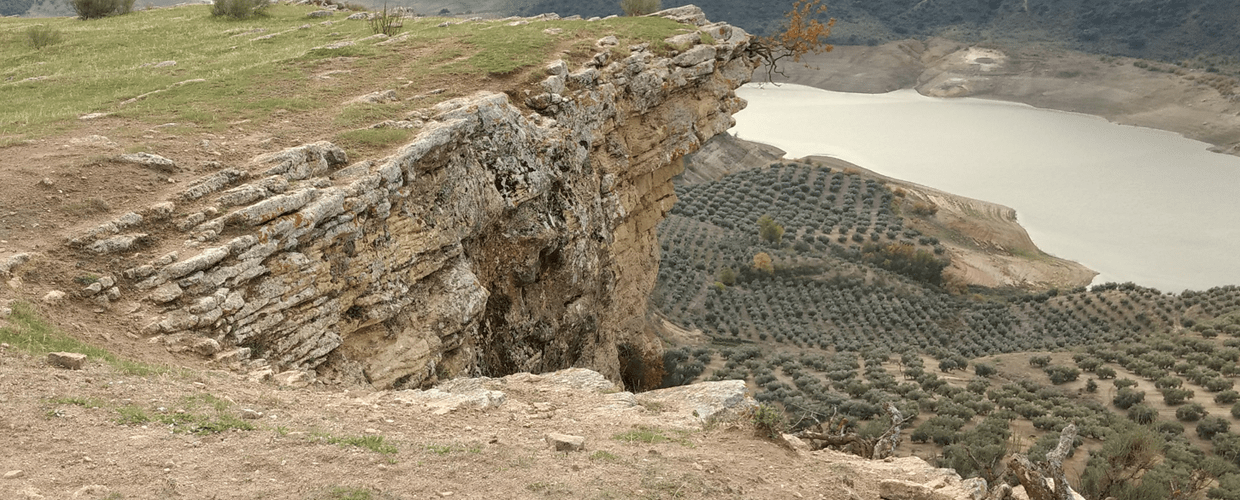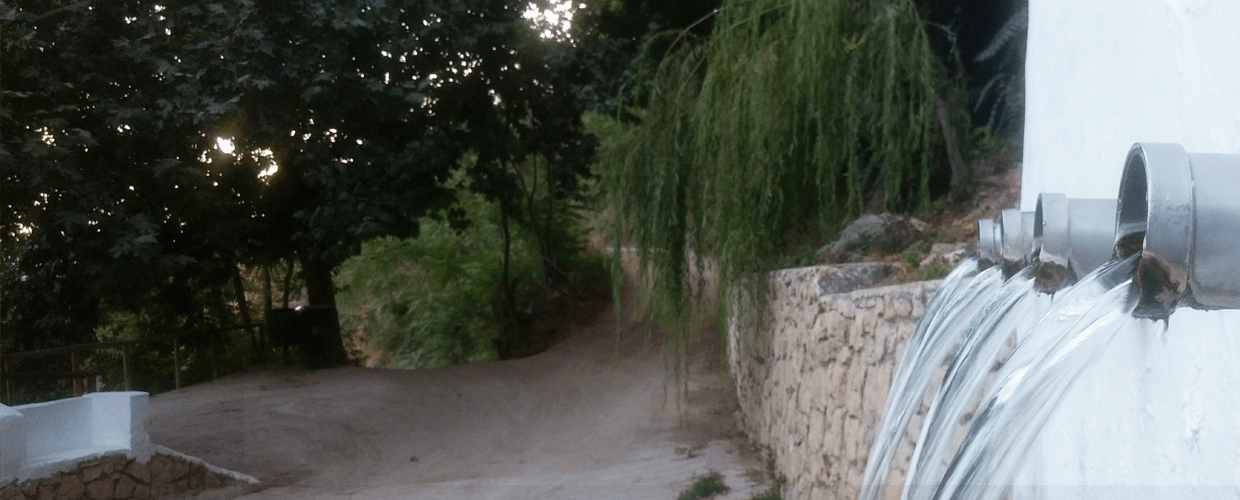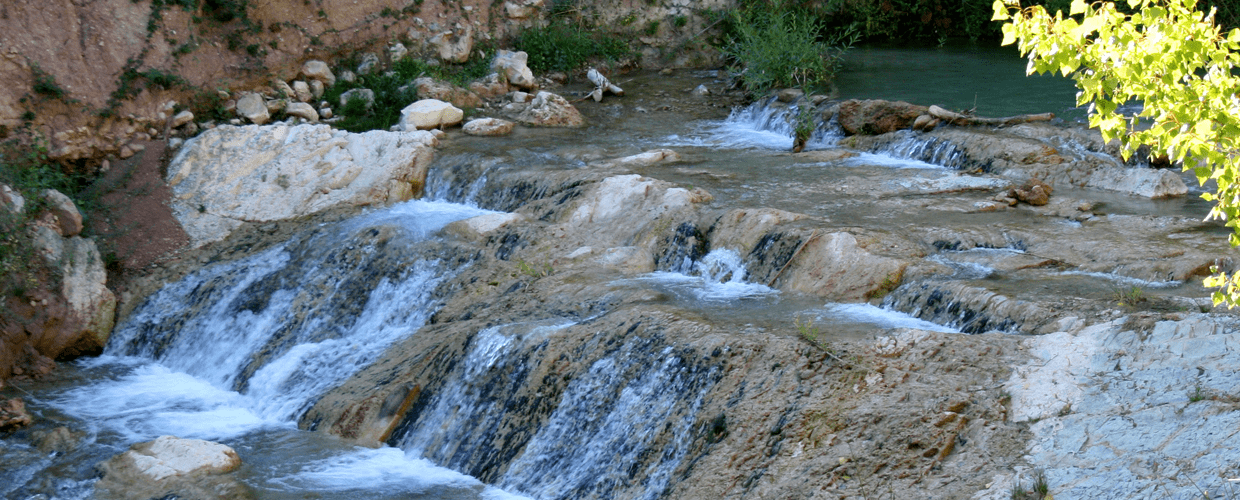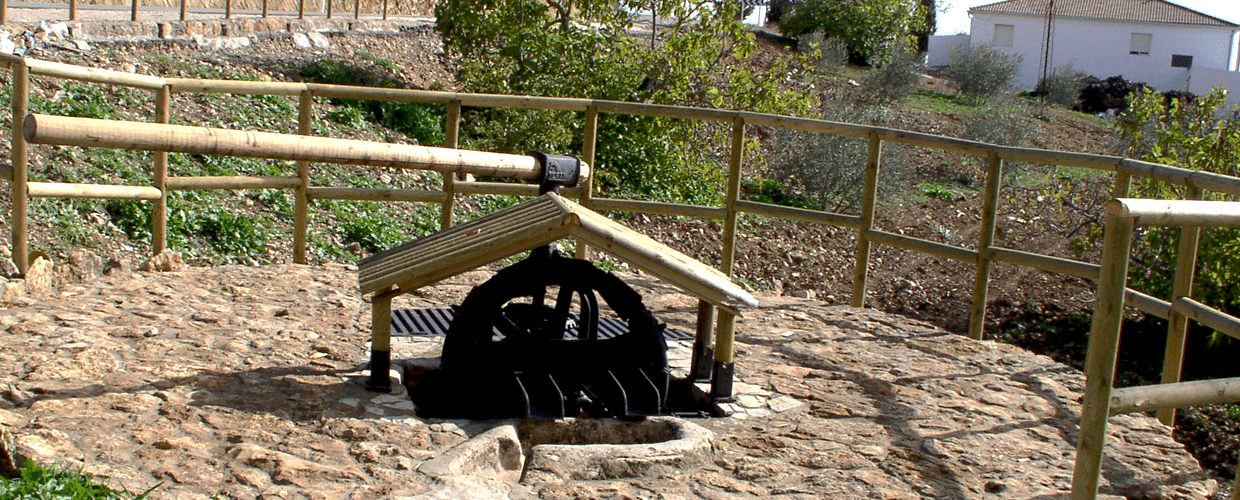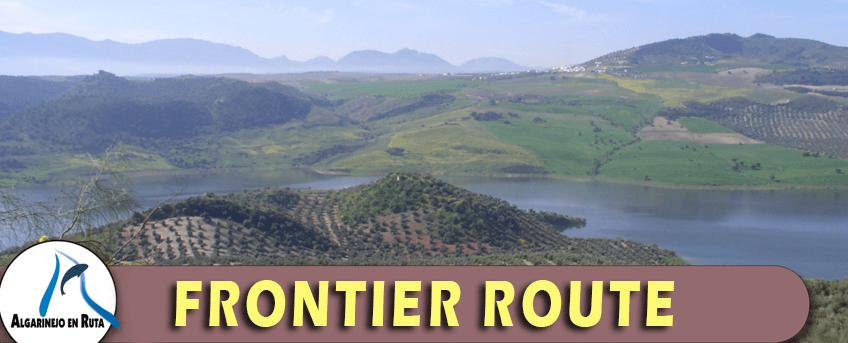Technical description

| Type of walk: | |
|---|---|
| National road Algarinejo - Fuentes de Cesna | |
| Distance: | Difficulty: |
| 10 km | Low |
| Duration: | |
| Vehicle (45') / Cycling (2h 30' - 3h) | |
| Restrictions: | |
| Access to all vehicles. Great for walking. |
|
Itinerary description
This route connects with that of Route of farmer. It begins in the district of Palancar on the road (NO-2) heading west. When you arrive at the junction sign posted for “Puerto Málaga” turn left towards Fuentes de Cesna where you will travel along the road bordered by olive groves, old farmhouses, olive mills and woods of Holm oak.
After arriving at the hamlet of Fuentes de Cesna you will have reached an area known as the “Noria de Cesna” where you will cross the NO-2 to the “Tierras de Cesna” and here you will find the Park of Cesna.
It is here where you can see the most panoramic views across the municipality “Sierras de Castillejos- Chite” including the National Park known as the Subbética to the North.
The environment
During this walk you should be able to appreciate more clearly the morphology of the area which is very typical of the Grenadian West: with rolling hills of olive groves and mountain ranges such as the “Serranía de las Cabreras” and the “Serranía de Cesna”. Despite the limestone nature of the rock, there is very little water around this area.
In this typically Andalusia countryside, there remain patches of well preserved Mediterranean woods, accompanied by different types of thorny and aromatic plants with Pine trees scattered around. In the zone known as “Cortijo Mahoma – Cortijo Ventorro” and “las Marrojuelas” you will see magnificent examples of Gall and Holm oak trees. This area is also rich in birds and mammals like the common hare and the red-legged partridge. You may also see the short-toed eagle, golden eagle and the vulture, together with hawks, buzzards, the eagle owl, Scops owl and mammals such as the badger, the marten and genet.
The culture
The border between the Muslim “Nazarite State of Granada” and the Christians was maintained for nearly 300 years, between the beginning of the 13th C and the end of the 15th C. During this time the area of the Tower of Pesquera and Cesna was taken over numerous times. There was a large population around the border and hence lots of products were exchanged amongst the different societies. The lands of Cesna were conquered by the Syrians from the year 917, after the wars against the Mozarabs who rebelled under the leadership of Omar Ibn Hafsun. This history has left behind an extensive legacy in particular the remnants of the Tower of Pesquera and the castle of Cesna.
From the 16th C the lands were distributed amongst the population and became very attractive to numerous Spanish populations, as the lands were very rich in water and extremely fertile. There are many farmhouses lining the route, such as the cortijos “Marrojuelas, Cruz de Bujeo, Casa de Bujeo Alto, Nevazo, Ventorro; Mahoma, La Gancha” and the cortijo “Noria de la Gancha”, one of the last waterwheels to be driven by animals.


